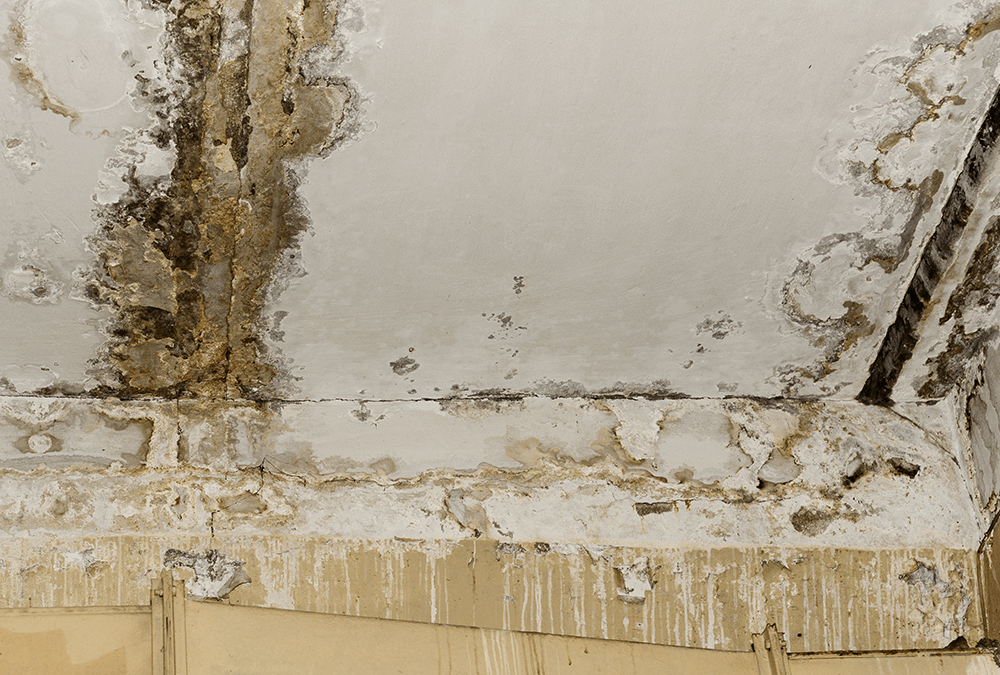Exactly How to Prevent Water Damage in Your Bathroom
Exactly How to Prevent Water Damage in Your Bathroom
Blog Article
The content which follows pertaining to How to Fix a Water Damage Bathroom is fairly stimulating. Check it out for yourself and decide what you think about it.

The washroom is extremely vulnerable for damp build-up and also prospective water damages as a result of the regular use water in it. This write-up supplies simple evaluation techniques to help discovering water damages threats.
The constant use of water in the shower room makes it incredibly prone for wet buildup and potential water damages. By evaluating it regularly, you can reduce water relevant problems.
The adhering to set of evaluations is easy to execute as well as ought to be done when in every three months in order to keep your bathroom healthy and also to stop possible water problems triggered by the bathtub, the shower, pipe joints as well as plumbing, sinks, closets, as well as the bathroom
Do not neglect performing these examinations and also be complete while executing them. Keep in mind that these simple inspections can conserve you a great deal of money by providing very early indicators for water damage
Sinks and also Cabinets
Sinks and cabinets are revealed to dampness and also humidity day-to-day and are frequently overlooked. Inspect consistently under the sink and on the countertop over it. Fix any type of drip in the trap as it might recommend drain issues. Take a look around the sink, slow draining pipelines may indicate an obstructed drainpipe. Replace sink seals if they are fractured or loosened.
Tub and Shower
The shower as well as bathtub call for unique interest as well as maintenance. Check the floor tiles as well as replace if cracked. Make certain that there is no missing grout in between the floor tiles. Check and change split caulking at joints where the walls fulfill the floor or the bathtub. Obstructed drains and pipes problems will certainly avoid the bath tub from drying and also may indicate severe troubles below the bath tub. Talk to a professional right away to prevent architectural damage. Take notice of discolorations or soft locations around the bathtub wall surfaces as they may suggest an internal leakage.
Plumbing
Signs for water damage are difficult to spot given that many pipelines are installed inside the wall surfaces.
Pay special interest to flooring as well as wall surfaces wetness and also stains as they might suggest an unseen plumbing issue. Examine moisture degrees in adjacent spaces too.
The Toilet
The bathroom is a vulnerable water junction. Examine the water lines and look for leakages around the toilet seat, in the hose, as well as under the water container. If you spot any type of signs of wetness on the flooring around the commode, check for leakages in the toilet edge and container seals.
Be aware that hanging bathroom dish deodorants enhances the opportunities for clogs.
TIPS TO PREVENT WATER DAMAGE IN THE BATHROOM
The average household uses approximately 80-100 gallons of water per person per day. For a family of 4, that's almost 2,500 gallons of water a week! The largest portion of this consumption comes from bathroom use. Flushing the toilet uses the most water, followed by taking a shower or bath. With that much water running through the home, water damage in the bathroom is bound to happen. Knowing how to spot signs of a water leak is essential to preventing long-term damage. This guide provides you with tips to reduce the impact of water damage on your bathroom.
CAUSES OF BATHROOM WATER DAMAGE
Pipe breaks are the most common cause of water damage we see in our daily jobs. The age of a pipe plays a large role in a pipe break as well as corrosion. Over time, the metal begins to break down, allowing water to escape. Frozen pipe breaks are also a concern in the winter months. Toilet overflows caused by paper products or children flushing inappropriate items. Degraded caulking around the toilet or bathtub can allow water seepage, sometimes behind the fixture, into the subfloor or walls. Condensation forms when the water in a pipe is cooler than the air temperature. Beads of water form on the exterior of the pipes, sometimes so much so that the water begins to drip and pool below. Sink or shower backups created by poor drainage. HOW TO PREVENT WATER DAMAGE IN YOUR BATHROOM
Inspect your toilet supply line for worn or frayed hoses and replace them as needed. Winterize your plumbing to prevent a frozen pipe break. Use vent fans to prevent condensation that can lead to mold growth. Routinely check and replace degraded caulking around your toilet or bathtub. Increase the temperature in your toilet tank and insulate your pipes during the warm summer months to keep condensation from forming. Use child safety locks on the toilets. Flush only toilet paper. "Flushable" wet wipes are actually not good for your plumbing system. Additionally, feminine hygiene products should not be flushed. Prevent water from escaping the tub or shower. Make sure shower curtains are in good condition. Inspect shower doors and replace the seal strip if necessary. Wipe up any water that accumulates on the floor and use bath mats. Water left to sit can cause damage to the tiles and flooring. Refrain from using bath products containing heavy oils to avoid a clogged drain.

Hopefully you enjoyed reading our article on Common Causes of Water Damage in a Bathroom. Thank you for taking a few minutes to read our article post. Those who appreciated our post if you please do not forget to pass it around. Thank you so much for taking the time to read it.
Instant Quote Report this page